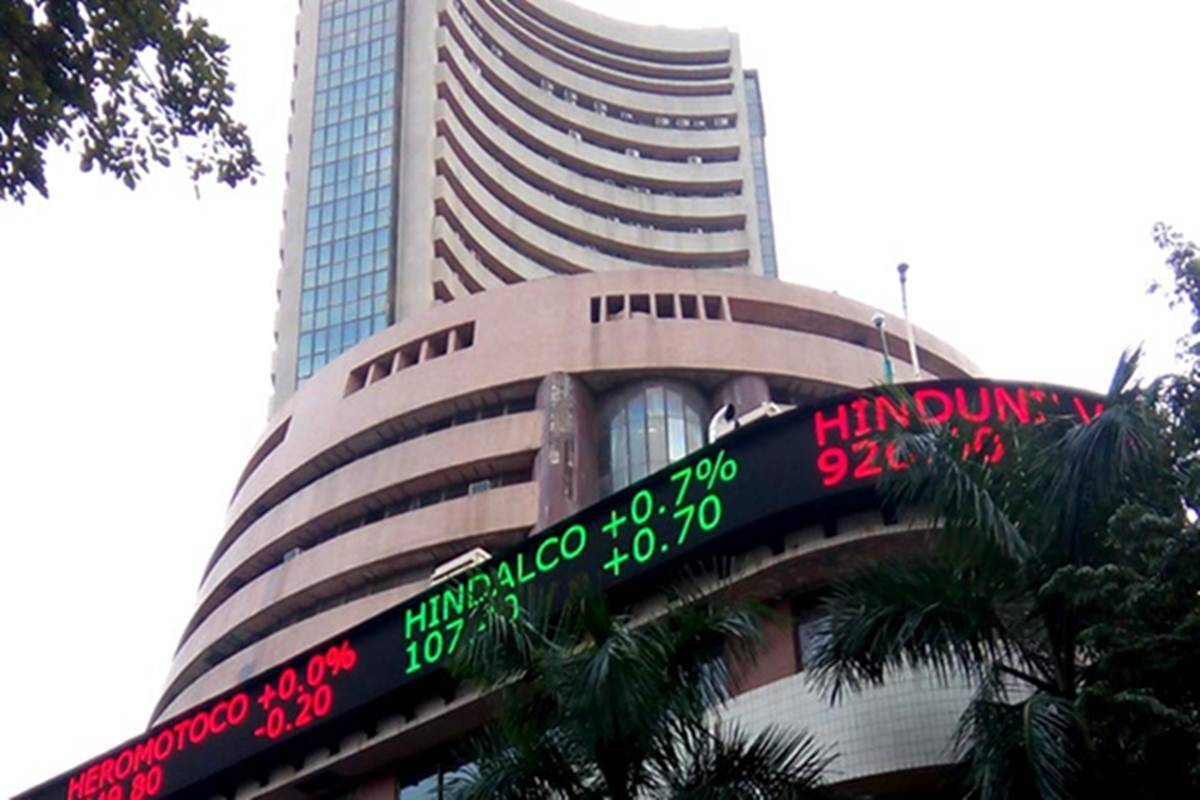Experts say that in the long term, money is going to stay in the Indian equity market.
New Delhi: After the domestic benchmark indices came under heavy selling pressure as global markets turned weak and US bond yield rallied, experts have said that the yield has bottomed out for the moment, and the yield will move from the current point. According to reports, on 1 March, the benchmark 10-year bond yield was at 6.19% after rising to 6.21% and ended on 6.13% as on Friday. The yield of 6.19% was the highest yield since August 24, 2020. Meanwhile, the benchmark 5-year bond yield was at 5.77%, which is also the highest since April 16, 2020.
However, the experts have said that with the yield moving upwards in the US, it is difficult to understand whether it is the end of the bull run and whether the Indian markets will be able to maintain liquidity for the long run.
Talking about the issue, Nitin Shanbhag, Head-Investment Products, Motilal Oswal Private Limited, told The Sunday Guardian, “In the Union Budget, Finance Minister Nirmala Sitharaman announced that the country would borrow Rs 12 lakh crore from the market for the financial year 2021-22. This has raised concern on the absorption of this bond supply. The bond yield curve has, actually, started to rise since the budget, which was announced on 1 February. As of now, we provide the lowest interest rate.”
Ambareesh Baliga, an independent market analyst, told The Sunday Guardian, “Whenever the yield starts moving up, money will start going out of the emerging markets into the US. Now, it is difficult to determine whether it is the end of the bull run because of the bond yield rally in the US. If that happens, investors may start panicking and may pull their money from the emerging markets.”
Baliga further said that the Reserve Bank of India auction has shown that there is no investment if the yield goes below a certain level.
Deven Choksey, Managing Director, KrChoksey Shares & Securities Pvt Ltd, told The Sunday Guardian, “The question is how long the bond market rally would sustain given the kind of liquidity that we have in the system. If we have started pulling liquidity from the system, then the bond rally has to happen. According to me, it is a rotation across all the asset classes.”
Talking about the impact on Indian equities with the bond rally, Choksey said, “The Indian equity market has two sides—short term and long term. In the short term, anything can come because this is ‘helicopter’ money and it may create short-term volatility. In the long term, the money is going to stay in the market, and in turn, it will help in creating a larger number of businesses in India. To sum up, a large amount of capital is coming to India and it is ‘sticky’ money, this will get invested in developing infrastructure.”
Shanbhag told The Sunday Guardian, “Interest rates to a large extent affect the valuation of equities. As interest goes up, the markets start to correct themselves because that is the discounted rate. As the interest rate is at a decade low, even if the interest rises a little bit, it is very unlikely to impact the equity market.”
Talking about the sale of PSUs, which was announced by the government
On PSUs, Choksey told The Sunday Guardian, “PSUs are not necessarily bad businesses, but badly-run businesses. PSUs need to impress investors and investors will buy and put their money in good quality business. As long as the government has a genuine interest in privatizing these units, they will surely find a good investor to invest in quality business. For running PSU businesses, you need money, and borrowing spree will continue.”

